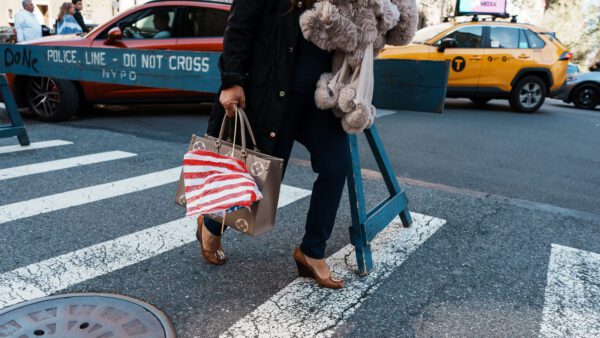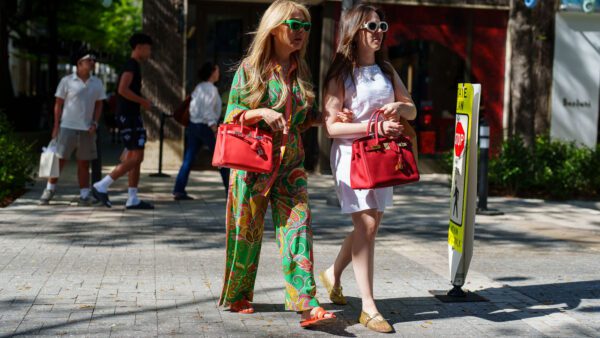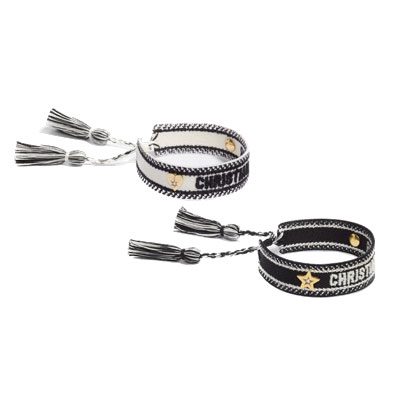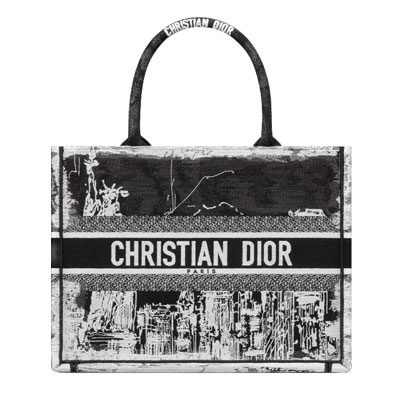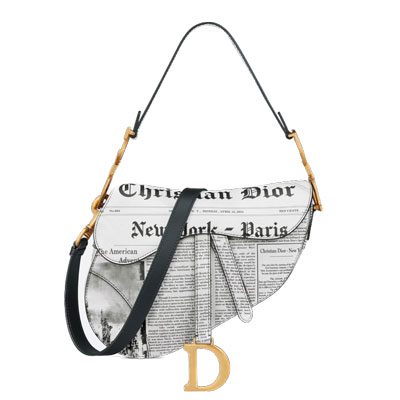Every other day, a certain Mr. Jeff Bezos manages to invent ingenious ways to cultivate a sense of intrigue and perennial buzz around himself in mainstream media.
Some days (or specifically, in November of last year), he’s seen gracing the cover of Vogue along with his longtime girlfriend and fiancé, Lauren Sánchez. On other days, the man finds his name atop the list of the wealthiest individuals on planet Earth! The prized pet of pop culture, few can keep the tabloids churning like Bezos does.
Most recently, however, he’s been making headlines within a crowd somewhat unlike his usual array of admiring onlookers – the fashion set. As much as we’d like to swathe ourselves in layers of Loro Piana cashmere and rows of The Row Margaux like the billionaires do, most aren’t necessarily fashionable.
So, what is this piece of news that’s taken (albeit a relatively small corner of) the fashion world by storm? It’s simply that Mr. Bezos’ humble $1.85-odd trillion enterprise, Amazon.com Inc., has entered the luxury resale industry.
But with every other brand, retailer, or e-tailer embarking upon this vast market of secondhand luxuries, what exactly is so newsworthy about that?
For starters, it’s the same Amazon that your average TikTok influencer uses to peddle their high-end dupes. It’s also the same Amazon that’s long been accused of mongering counterfeit, third-party merchandise that violates copyright laws.
The question, therefore, is: can you safely purchase pre-loved luxuries from here?
Beyond Books to Downright Dupes
Consider your average Amazon basket at any time; household essentials, skincare, perhaps a gadget or two. For most people, the contents probably don’t veer too far off from there, a far cry from what had originally started as an online purveyor of books out of Bezos’ home in Bellevue, Washington, in 1995.
Indeed, when it comes to economy, speedy delivery (especially for Prime members), and a vast selection (reportedly around 12 million different products), choosing Amazon for practical purchases is a no-brainer.
But fashion on Amazon?

That’s always been uncharted, and for the most part, unregulated, territory within the e-commerce giant’s massive assemblage. This largely boils down to its business model, where the majority of the listings aren’t native to Amazon but instead are sold via independent, third-party merchants with their respective storefronts.
And when Bezos in 2014 opened the floodgates to sellers based in China to peddle their wares – resulting in an immediate, year-on-year increase in revenue of 20% – it appeared that a significant volume of what was sold consisted of counterfeits.
The (Fake) New World Order
But while fashion counterfeits weren’t entirely unheard of at the time, Amazon had more pressing matters at hand: the proliferation of low-cost, seemingly similar fake products that could potentially belong to any product category, be it expired edibles, untested skincare or faulty (and sometimes, fatal) electronics. As the NYT writes:
“The only discernible difference (between two virtually identical cartons of milk right next to each other) – is that there’s a tiny tag on one carton saying the milk is sold by a third-party seller. Oh, and it might have rat poop in it.”
However, what posed risks to unsuspecting buyers of consumables proved to be an opportunity for the sly subscribers of fake fashion – the growing alternative to fast fashion. And with little to no policing, organized fraudulent paid-reviewer groups, and, for the most part, naïve shoppers, Amazon found itself at the cusp of the new world – that of influencers, quick to bank on the opportunity while it lasted.

For every Kelly Fitzpatrick and Sabrina Kelly-Krejci on Instagram to be caught running counterfeit rings in the name of the dupe culture, there were (and possibly still are) thousands of others lurking in the backwaters of Amazon.
One Knockoff at a Time…
Consequently, while some brands have responded with the sternest words possible – Birkenstock and Nike, for instance, halted their retailing via the e-commerce site – others, like Valentino, in collaboration with the Department of Homeland Security, have made efforts to crack down on the fakers of its iconic Rockstud heels.

Additionally, Amazon itself has adopted initiatives of its own. In 2022 alone, for instance, the retailer took down over six million duplicate listings from its marketplace, bringing nearly 1,300 sellers under legal measures in the process, all the while introducing a Transparency Program to verify product authenticity and establishing the Counterfeit Crimes Unit (CCU) for detection of knockoffs.
The Catch-22 of Consumerism
But the fact that it’s riddled with fakes hasn’t stopped Amazon from making headway into the world of luxury fashion, or more specifically, from jumping onto the luxury resale bandwagon – a trend we’ve seen a lot of lately.
In fact, the brand was already a player in the secondhand market, especially across the UK and Europe, with its Amazon Second Chance program allowing the repair, recycling, and refurbishment of electronic accessories beyond home repair, along with other product categories, like pre-owned furniture, proving to be popular too.
It was, however, from September 2020 that the retailer has had its dedicated luxury division, simply known as Luxury Shops, that has since partnered with the UK-based fashion rental Rent the Runway, as well as Shopbop’s Pre-Loved Edit and What Goes Around Comes Around, for accessories and apparel at deep discounts.
Now, the latest in this series of developments has been Amazon’s collaboration with another family-owned luxury reseller, Hardly Ever Worn It (HEWI), also based out of London, selling everything from Camellia Chanel Flaps, Hermès Birkins, and Loewe Puzzle Totes, to Gucci scarves and Cartier high-jewelry, all screened by in-house HEWI experts, and at considerably below their standard RRPs.
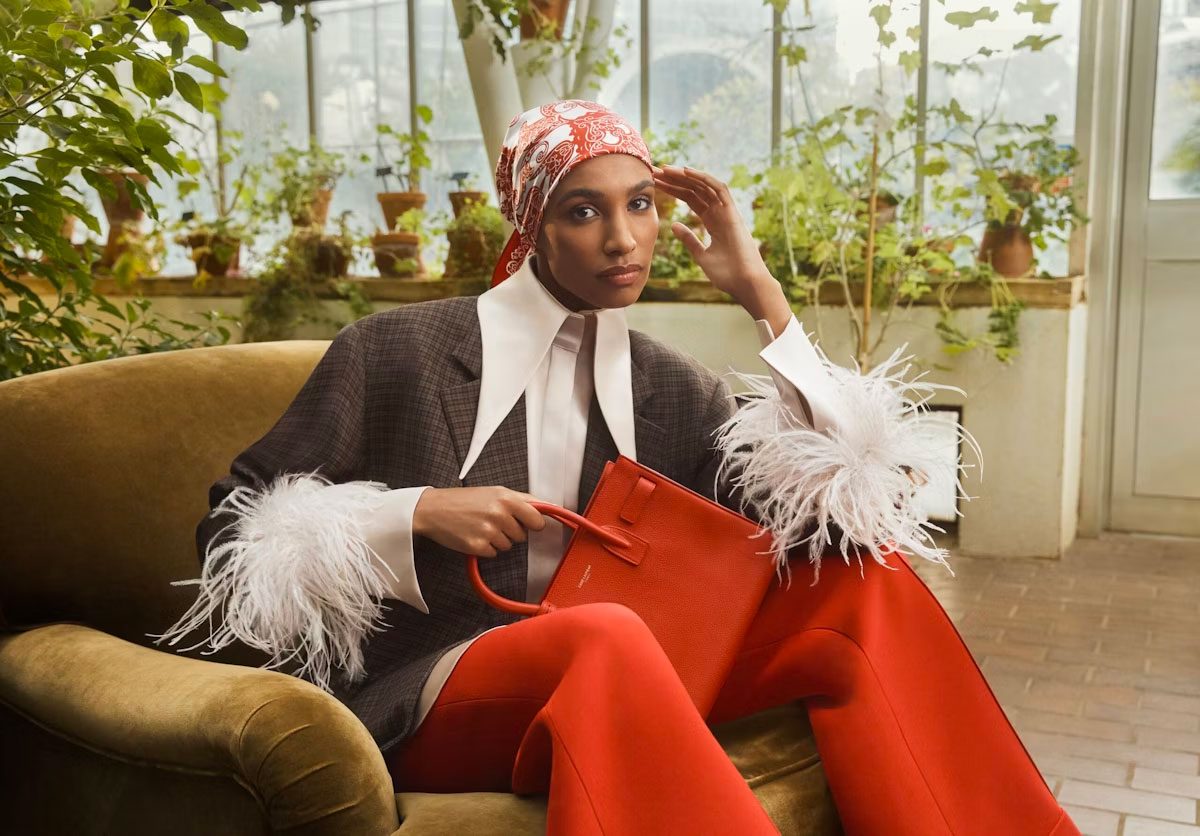
And the move is as much a strategic one as it is hailed to be sustainable: with the sale of its hardly-ever – or never–worn pieces, Amazon intends to mitigate some of the cynicism it had garnered over the years – and possibly the adversities of its carbon-heavy 90-day returns cycle. HEWI, on the other hand, can cast a much wider net across not just the UK but also Germany, France, Italy, and Spain.
With Amazon’s previous track record, however, and as counterfeits get increasingly more complicated to clock, is this partnership likely to last?
Perhaps this is owing to the sustained growth of the resale industry. But sellers with malice in their minds can disappear nevertheless, and at the end of the day, the burden of consumerism falls onto the consumer.
So, with that in mind, are you willing to give Amazon a second chance?
featured image via amazon

